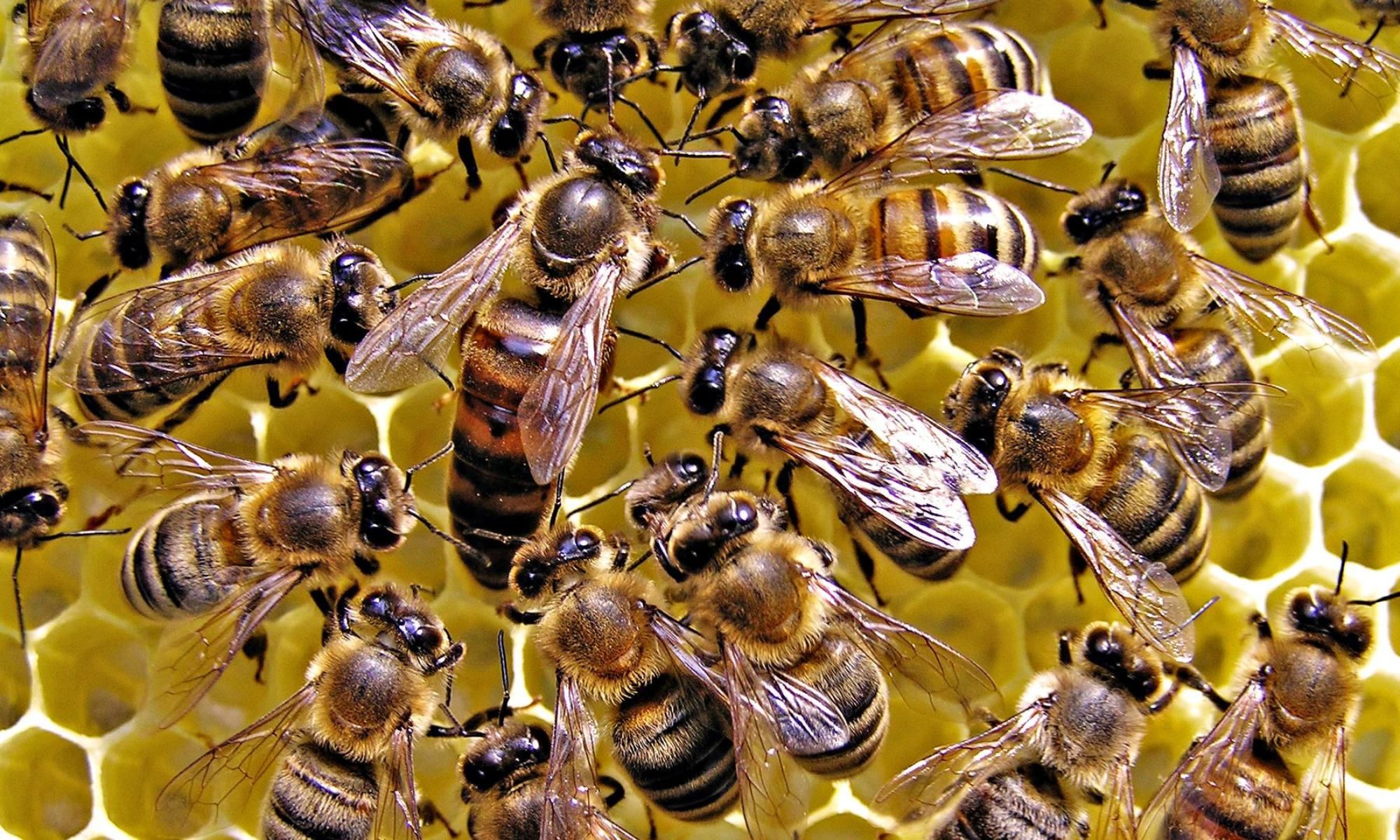The trap-jaw ant is quite well known for its oddly-positioned mandibles. Stretching out 180 degrees, the jaws are razor-sharp and are lined with sensitive hairs. These hairs indicate to the ant to shut its jaws with incredible speed and strength, exerting a force 300 times the weight of the ant and reaching speeds up to 230 kilometers per hour (143 mph).
Despite the strength of their mandibles, trap-jaw ants have excellent control of their weapons. They’re able to not only carefully cut apart large prey but also delicately care for the precious larvae. These ants are also able to propel themselves short distances by placing their mandibles on the ground and shutting them shut.
